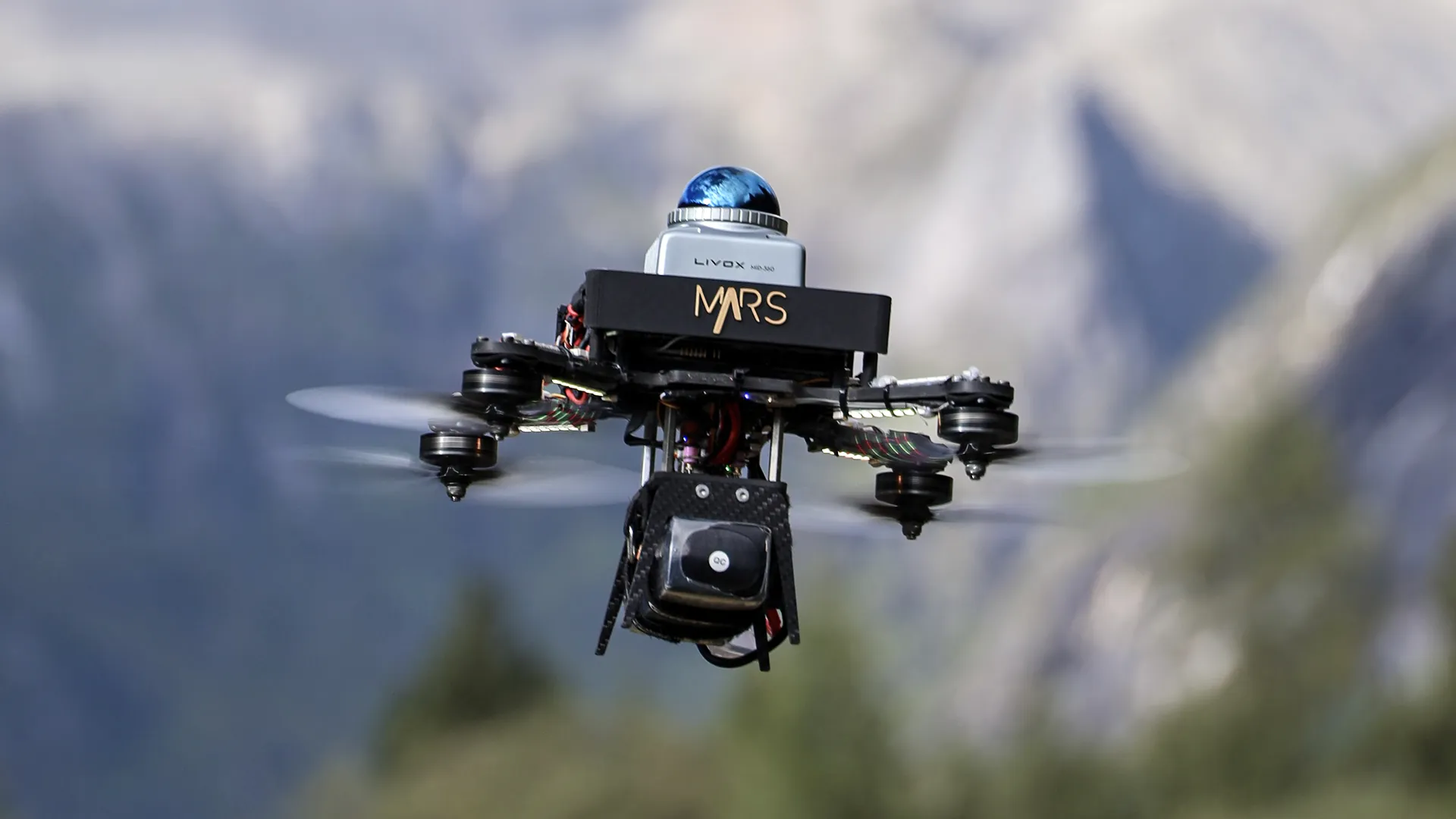

By Ayo E., Founder & Principal Consultant, Aiconic
University of Hong Kong researchers just achieved something that seemed impossible: a drone that flies through dense forests at 45 mph, dodging branches and power lines as thin as 2.5mm, using only onboard sensors—no GPS, no pre-mapped routes, no external guidance. Their "Safety-Assured High-Speed Aerial Robot" (SUPER) doesn't just represent a technical breakthrough; it signals the arrival of truly autonomous mobile systems that will transform how B2B companies approach inspection, delivery, and monitoring operations.
The breakthrough lies in real-time decision-making under extreme conditions. SUPER generates two flight paths simultaneously: one optimizing for speed through unknown territory, another prioritizing safety through verified obstacle-free zones. This dual-path approach mirrors how forward-thinking businesses should approach automation—balancing aggressive efficiency gains with operational safety.
For B2B companies, this technology eliminates the fundamental limitation that has kept drones relegated to simple, predetermined tasks. Current industrial drones require extensive pre-planning, clear weather conditions, and human oversight. SUPER-enabled drones can navigate complex, changing environments autonomously, opening unprecedented possibilities for infrastructure inspection, emergency response, and automated delivery in challenging conditions.
The implications extend far beyond aviation. The same principles—real-time environmental sensing, split-second decision-making, and autonomous navigation through unpredictable spaces—apply to ground-based robots, warehouse automation, and any system that must operate in dynamic, unstructured environments.
Subtitle: From Pre-Programmed Routes to Intelligent Exploration: The New Era of Autonomous Systems
This drone breakthrough represents more than technological advancement; it demonstrates the competitive advantage of autonomous intelligence over traditional automation. While competitors rely on rigid, pre-programmed systems that break down when conditions change, companies leveraging truly autonomous technologies can operate continuously in unpredictable environments.
At Aiconic, we're seeing clients across industries grapple with the limitations of current automation: manufacturing systems that halt when unexpected obstacles appear, delivery routes that fail during bad weather, inspection processes that require perfect conditions and extensive human oversight. The SUPER drone's approach—continuous environmental sensing paired with real-time path optimization—provides a blueprint for next-generation business automation.
Smart B2B leaders are already identifying where autonomous intelligence could transform their operations. Infrastructure companies envision drones inspecting power lines and bridges in any weather, day or night. Logistics firms see autonomous vehicles navigating complex facilities without predetermined routes. Manufacturing operations imagine systems that adapt instantly to changing floor layouts and unexpected obstacles.
The companies that adopt bird-like autonomous intelligence first will establish insurmountable operational advantages. They'll operate when competitors can't, reach locations others cannot access, and maintain continuous operations regardless of environmental conditions. The question isn't whether autonomous systems will transform business operations—it's whether your company will be leading this transformation or struggling to catch up.
Subtitle: Building Competitive Advantage Through Nature-Inspired Autonomous Intelligence